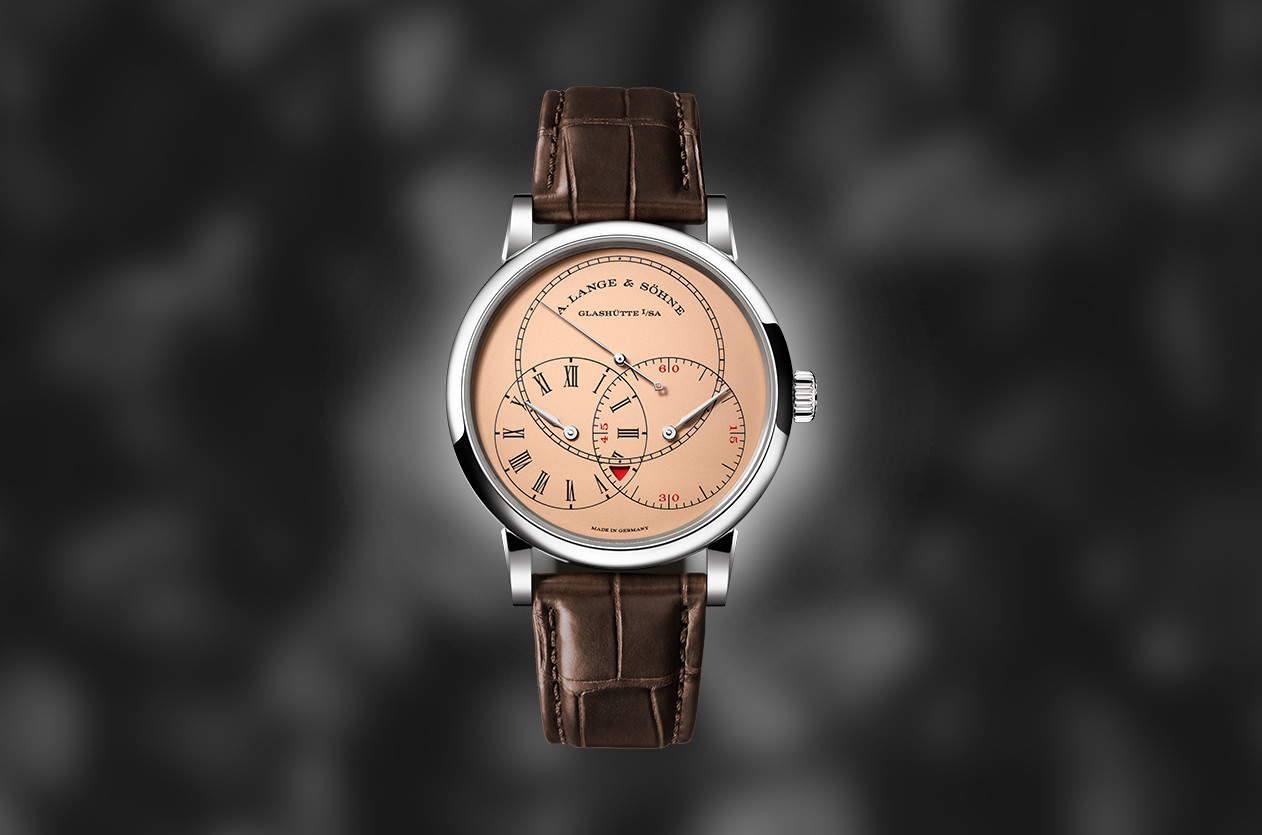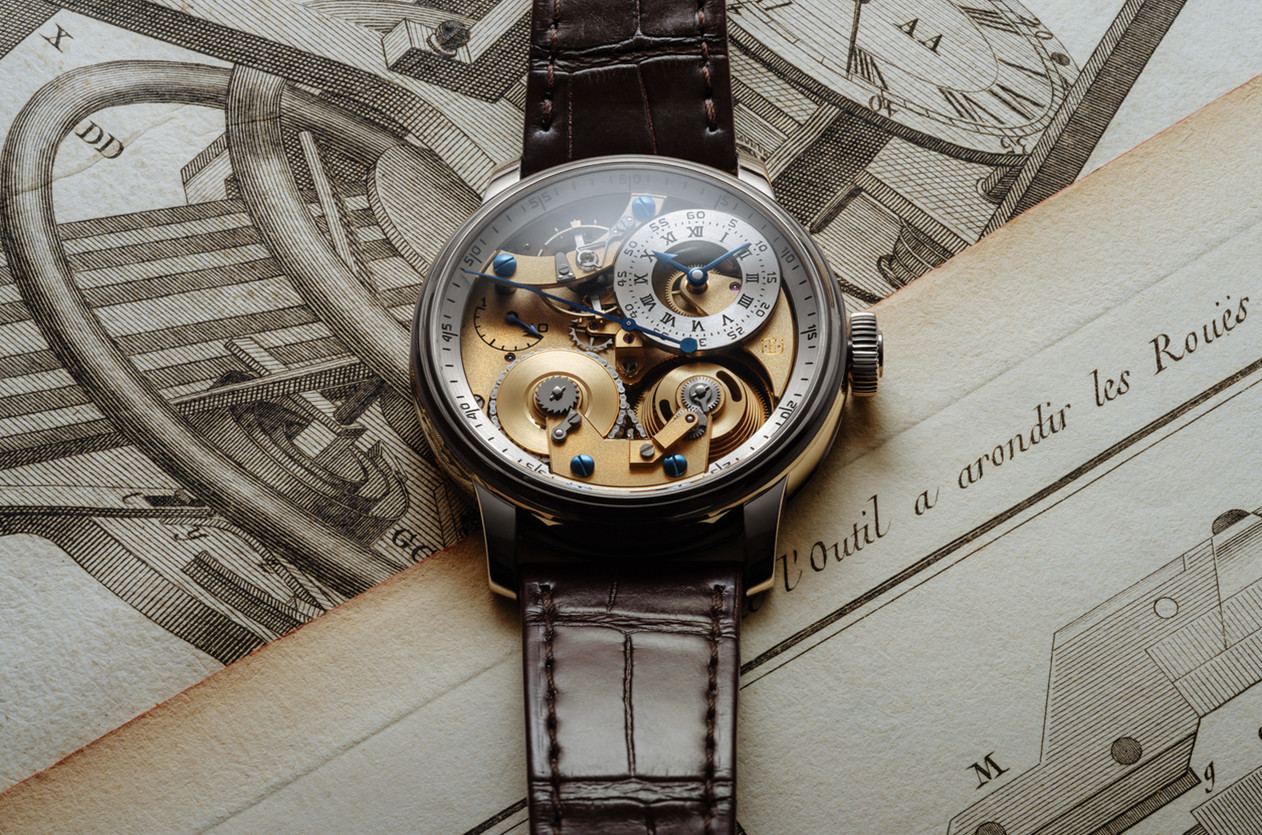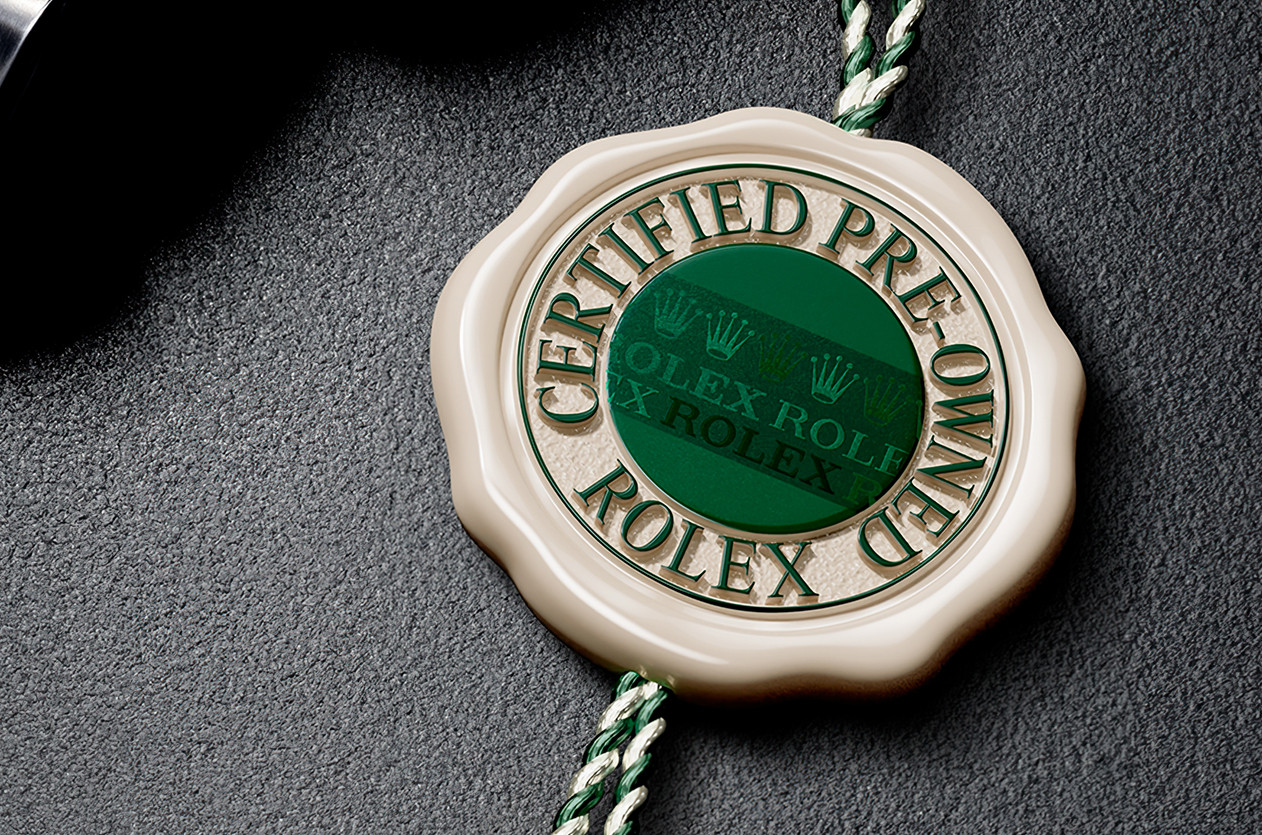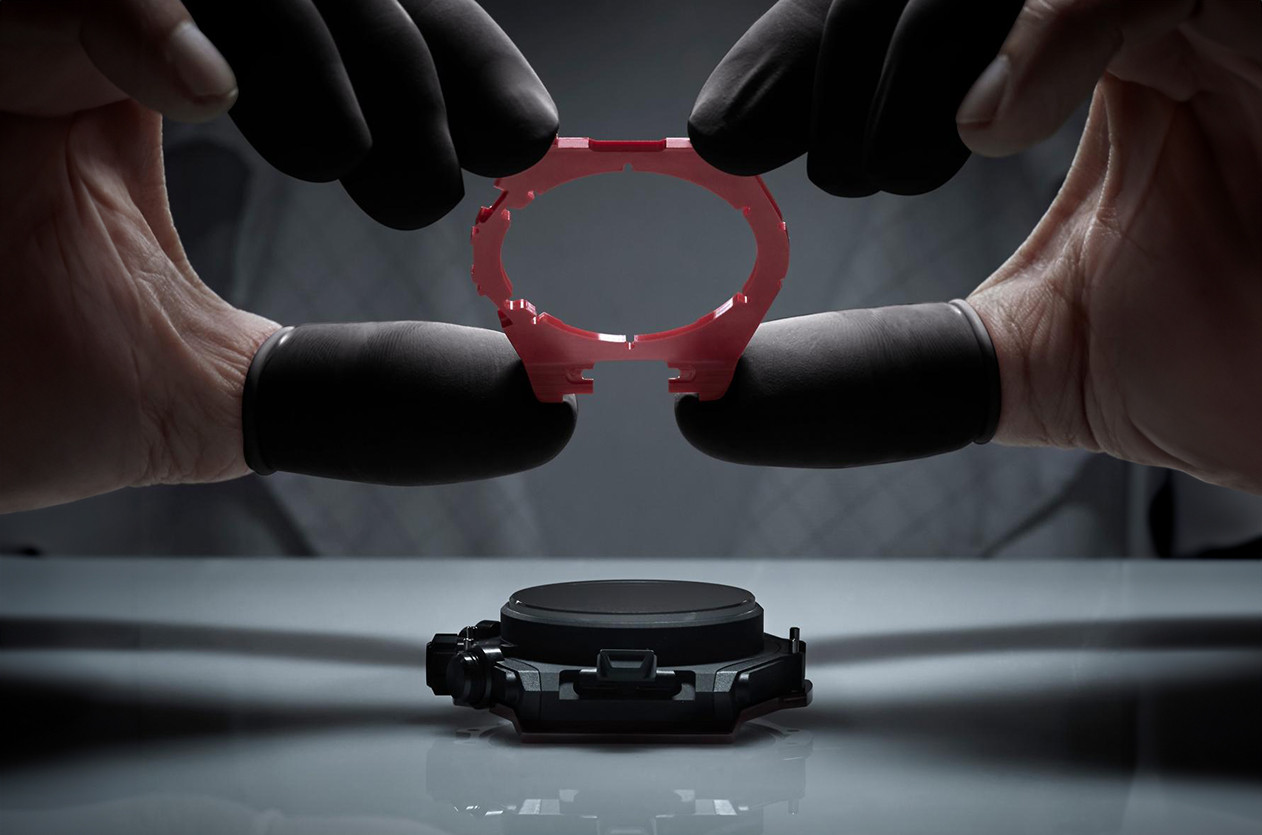
Introducing Hamilton Unveils the Jazzmaster Skeleton 40mm in Empire Green
Welcome to the hub of the horoloy
From Accurate Timekeeping Tools to Modern Design Icons

Watches should be both accurate and legible. These principles have shaped the most successful and familiar watch designs in history. A purer expression of these principles can be found in regulator watches. Although rare today, regulator watches offer a unique alternative to standard timepieces, combining high functionality with deep horological history.

Regulator clocks and watches are instantly recognizable by their distinct layout: a large central hand indicates the minutes, while smaller subdials display the hours and seconds. This separation allows for quick and precise reading, with an emphasis on minutes, which was particularly crucial for watchmakers in regulating their timepieces.

While modern regulator watches are not used for regulation, historically, watchmakers set and tested their watches against a regulator clock. Workshops often had a regulator clock positioned for easy reference by all watchmakers. These clocks were among the most accurate of their time and were designed to stand out as specialized watchmaker tools.

Today, atomic clocks, accurate to within one second every 300 million years, represent the pinnacle of precision. Atomic watches use the vibrations of atoms (typically cesium or rubidium) to achieve exceptional accuracy. They rely on the consistent frequency of atomic transitions to maintain precision, while quartz movements also provide high accuracy.
 |  |
In a regulator watch, the hours, minutes, and seconds hands are non-coaxial, each fixed to and rotating around different points on the dial, rather than sharing a common center.
This design has been reimagined in modern wristwatches. Though uncommon, regulator watches are easy to use and connect to horological history. They offer a distinctive look and experience, standing apart from standard dial layouts without appearing eccentric. Below are some notable modern examples.
Regulator watches are more common than you might expect, with many brands producing them at various price points. Two brands closely associated with regulator dials are Chronoswiss and Louis Erard.

Chronoswiss, founded by Gerd-Rüdiger Lang in 1983, introduced its first regulator watch, the Régulateur, at Baselworld in 1988. This layout has become a staple of the brand’s collection. Chronoswiss has been creativein designing regulator watches, as seen in the Delphis collection. One of the company's distinctive releases is the horizontal regulating design of its "Strike Two" watch, inspired by an iconic design from the 1990s. We previously covered the history of Chronoswiss in this article.

Louis Erard, established in 1929 in La Chaux-de-Fonds, Switzerland, is renowned for its mechanical watches that emphasize traditional Swiss craftsmanship and affordable luxury. They added the regulator dial to their lineup in the 1980s, incorporating a power reserve indication and regulator layout into the Peseux 7001 movement.

The regulator design is a key part of Louis Erard’s core collection and is often used in collaborations with designers like Cédric Johner and Atelier Oï. This year, they introduced a grand feu enamel dial to their regulator line for the first time.

The regulator design is also embraced by prestigious brands like Jacob & Co., as seen in their Astronomia Regulator. This model combines the classic regulator layout with Jacob & Co.’s futuristic design.
 Featuring a dial component that moves around the center while maintaining the precision of the regulator design. Read the full article about the watch here, and watch our review video here.
Featuring a dial component that moves around the center while maintaining the precision of the regulator design. Read the full article about the watch here, and watch our review video here.

Independent watchmakers also create stunning regulator watches. Recently, Raúl Pagès launched his Régulateur à détente RP1, featuring a new pivot detent escapement caliber designed by Pagès. This watch won the Louis Vuitton Watch Prize 2023-2024. Pagès also collaborated with enamel artist Anita Porchet to produce three unique pieces, each with a distinct colorway. We covered this watch in this article.


Introducing L.Leroy Unveils the Osmior “Bal du Temps”

Introducing The New A. Lange & Söhne Richard Lange Jumping Seconds

Hands on The Summit Collection: A Strong First Step for New Brand Earthen

Introducing Naissance d’une Montre 3, Ferdinand Berthoud’s Masterpiece for the Tenth Anniversary

News Trump Hits Swiss Imports With 39% Tariffs

Editorial What is the reason behind the scarcity of Rolex watches in boutiques?

News Dubai Watch Week 2025 Will Be the Largest Ever with 90 Brands Participating

Technical The Frequency, Why It Matters in Mechanical Watches

Editorial The Secrets of Watch Case Design

Editorial Abraham-Louis Breguet, The Father of Modern Horology

Introducing Hanhart Unveils the Limited Edition Preventor HD12 Silk Purple
Comment Delete Text
This page is available in English only. Please click below to visit Arabic Home page!